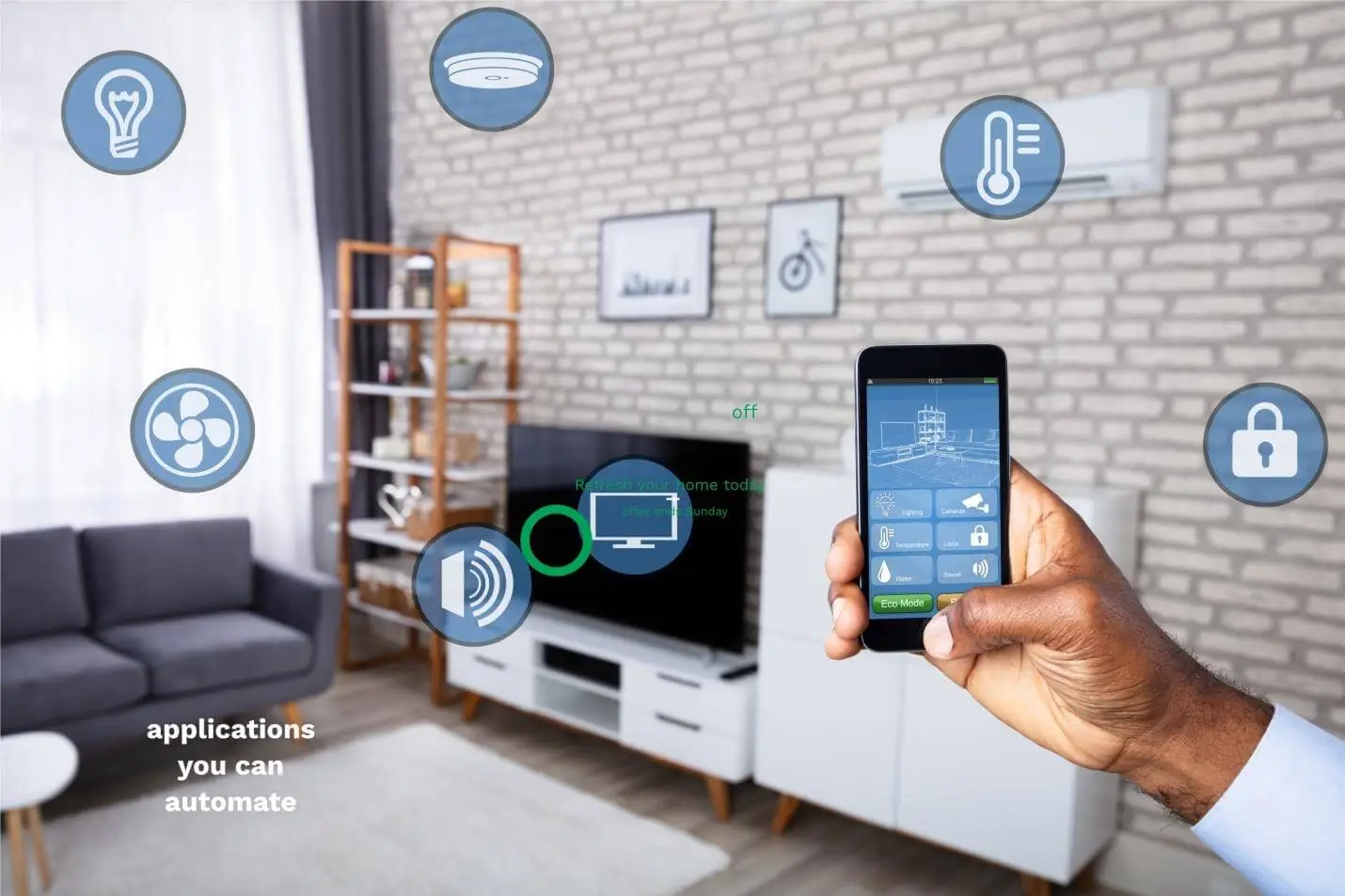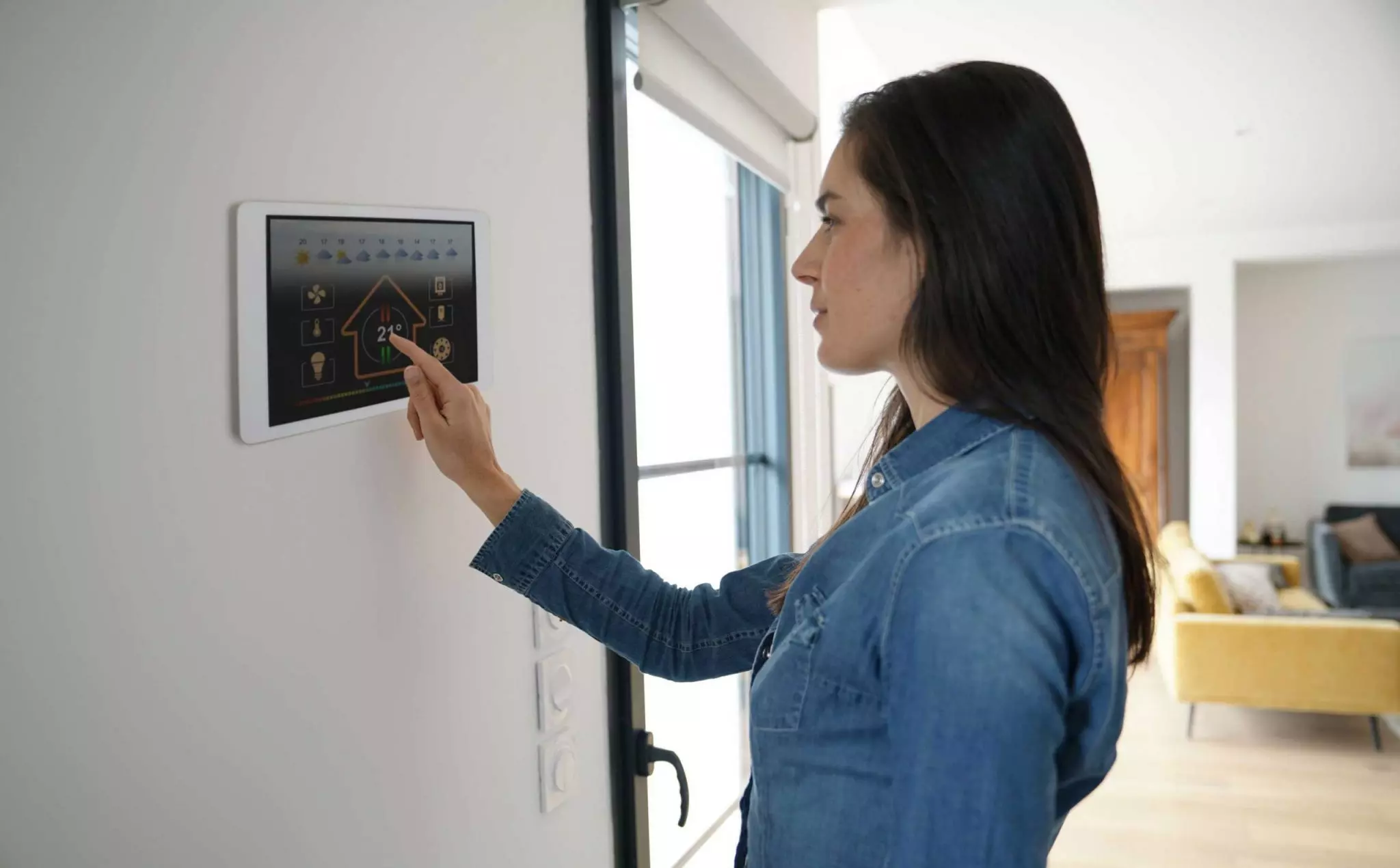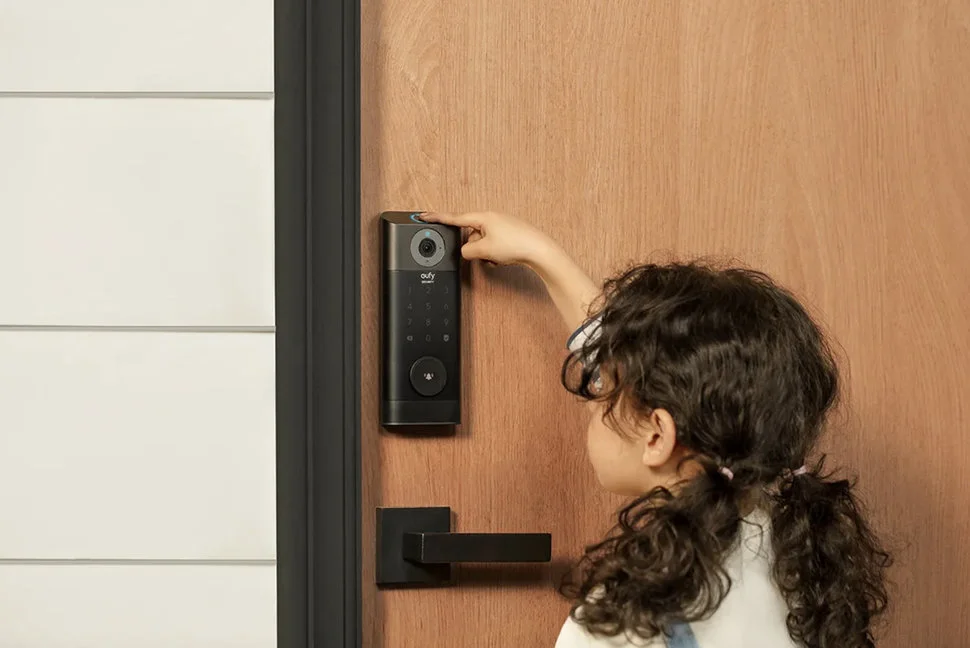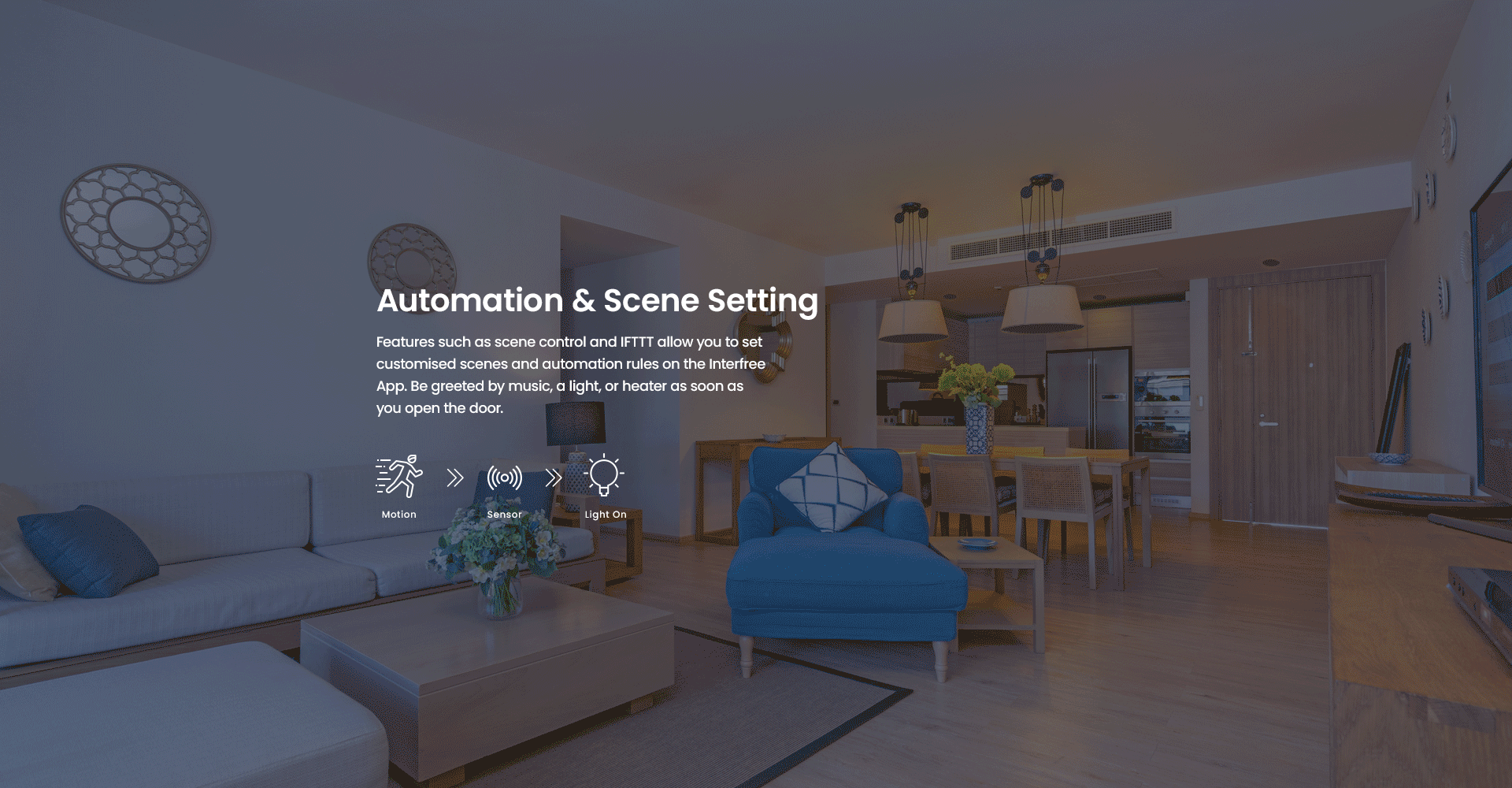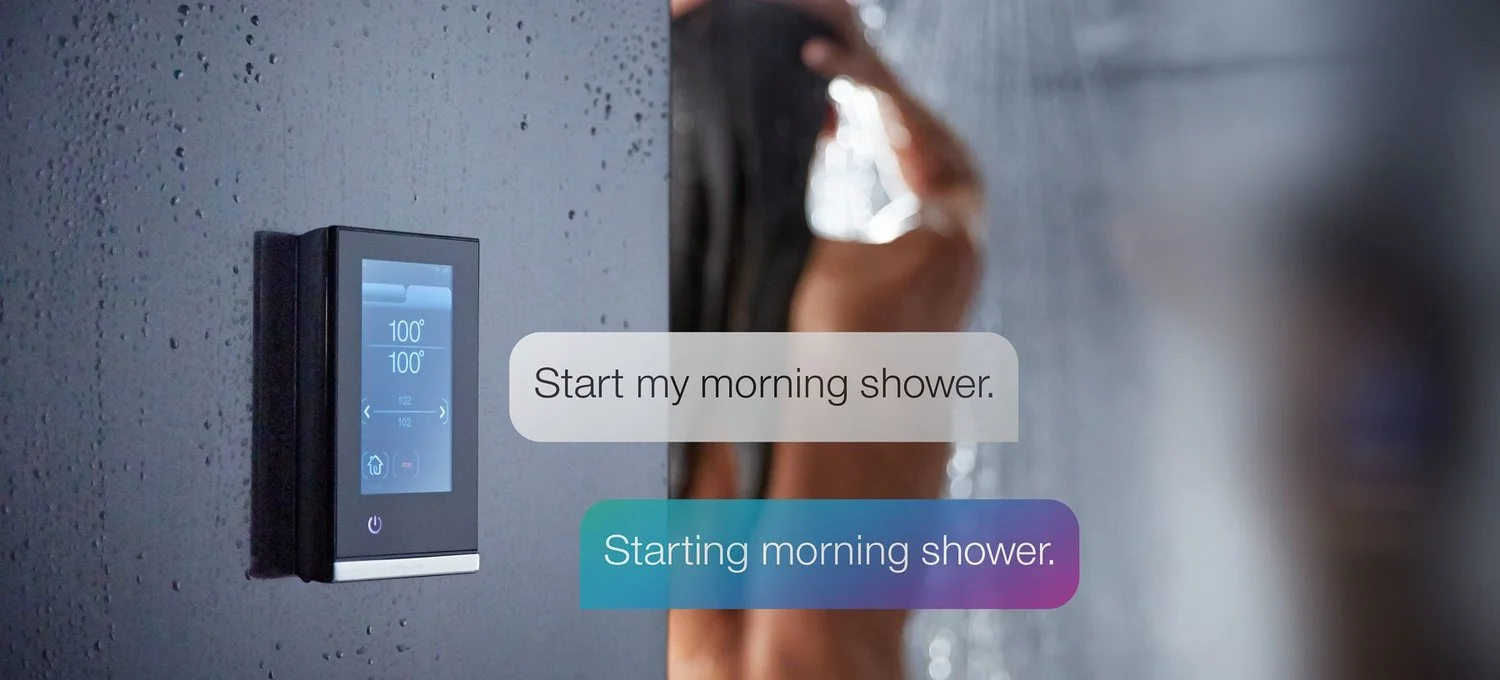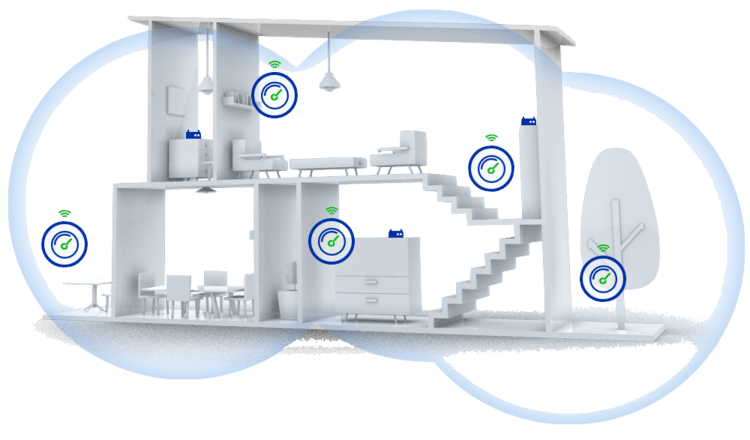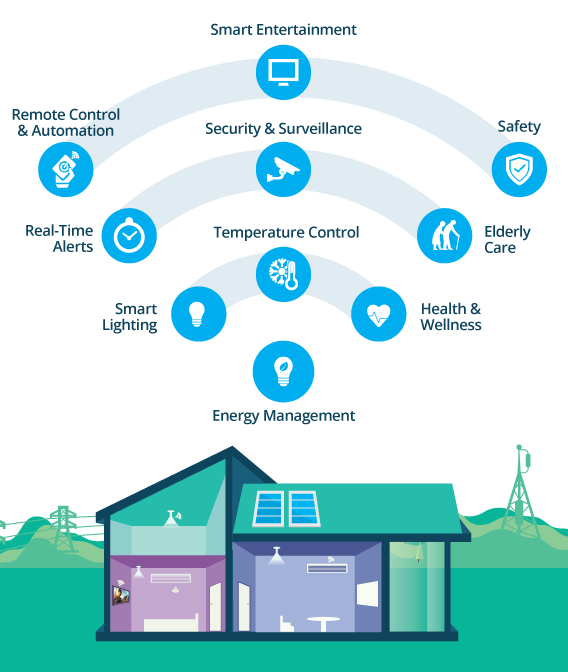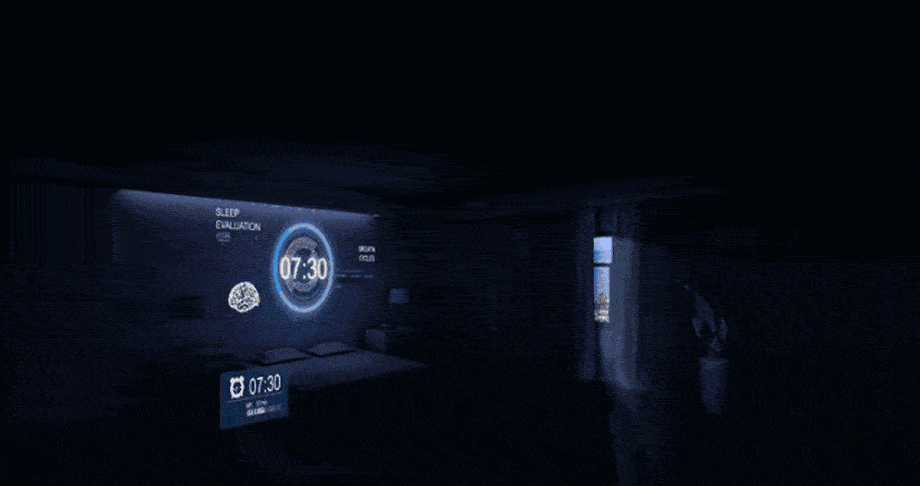Building a smart home from the ground up makes incorporating innovative technologies accessible while construction is ongoing. How does this work?
Waking up in the morning to find your coffee ready and your shower running at the desired water temperature elevates your mood and puts you at ease. You don’t need anyone to do that for you because a smart home makes this dream achievable. A smart home allows owners to control their appliances, temperatures, lights, security accesses, and other devices from anywhere with a smartphone, tablet, or laptop connected to the internet.
Building a home entails a lot of decisions ranging from the layout, designs, and decor, among other things, to making your new home comfortable for you. Many homeowners wait until they’ve moved before they consider installing security systems and smart home features. Building a smart home from the ground up makes incorporating these smart technologies accessible while construction is ongoing. Your dream home should offer convenience, safety, and organization. It’s not too much to ask.
Smart Home Automation
If you want to add comfort and convenience to your life at home, incorporating home automation is the best way. Smart home automation takes the technology further by providing centralized control. It ensures that all devices work correctly at the right time without human intervention via an app or voice assistant.
For example, you can set your device to adjust the curtains during the daytime to control the amount of light entering through the window, heating certain rooms in the house an hour before you return from work. Have an alarm go off when motion is detected by security cameras in certain areas of your home. This feature makes safety a priority. In the long run, Home automation can save you money on cooling, heating, and electricity bills.
Devices Integrated Into A Smart Home – Smart Home Features
A smart home is not smart without technologically advanced and connected devices. When setting up a smart home, there are devices that are integral in this process. Here are some smart devices you can add to your home and what they do.
1. Smart Thermostats: Cooling and heating your home requires a considerable amount of energy. However, you can save money and energy with a smart thermostat. It works by learning and programming itself to temperatures that suit you. It has sensors to detect when no one is around and control the home’s temperature. A smart thermostat is also connected to your phone and tracks your location. The temperature of your home is tuned to your taste before you arrive.
2. Smart doorbells and locks: High-tech doorbells allow you to see and communicate with people behind your door. You can let visitors in with a swipe on your phone. A great example is a peephole camera.
3. Motion sensors: One major part of a practical smart home feature is integrating security systems like motion sensors that can trigger many effects. They can be programmed to lock doors, ring an alarm, or turn on lights. Smart security systems can also include the installation of CCTV cameras, sensors on windows, doors, and fencing during your home building process.
4. Smart showers: They help to save water. Smart showers improve your morning routine and refresh you for the day by notifying you when the set temperature is reached. They also pause the flow till you are ready to use the shower. Some smart showers have Bluetooth speakers programmed to play music while you bathe.
5. Plan for Wi-Fi: Your smart home technology requires Wi-Fi to operate; installing Wi-Fi throughout the home increases the overall signal strength. Building a smart home from the ground up makes it easy to pick out devices that will be compatible with one another: one device should not obstruct another from receiving signals. For example, the installation of your TV antenna should not interfere with the Wi-Fi signal and vice versa. You need the help of professionals. They help to place them at angles that give the best reception.
Smart Home functions and Ideas
We are in an era where we spend long hours at home working. Your home must be soothing, welcoming, and appealing. You can make your smart home technology fit into your existing interior décor. Home automation is more than a one-trick pony: possibilities are limitless. You can build on a strong foundation like advanced operating system that powers your whole house. Or very basic functions that can make life a little easier. There are many automation ideas you can choose to suit your taste. Here are a few ideas:
- Smart lightning: one button press can turn on all lighting for a particular floor or room.
- Smart music to stream music in every room in your home by tapping a button on a keypad.
- Home theater automation to automatically lock your home’s front and back doors when a movie starts.
- Everyday notifications when a garage door is left open, a mail gets delivered, a pipe leak, or when the kids get home from school
- Smart security to know who is at the door, when motion is detected, or create personalized entry codes for all family members.
Advantages and Disadvantages of Having A Smart Home
These days, we are seeing more homes integrating smart and automated technologies. But like all nice things, a smart home has its cons. Here are the pros and cons of having a smart house.
Pros:
- Complete control of all smart devices with only one device
- It saves time
- Top-notch safety and security
- Increases convenience
- Improves quality of life
- It saves energy and cost
- Increases resale value
- It makes life easy for older and disabled people
Cons:
- Internet outages
- High initial setup costs
- You may lock yourself out of your house
- Compatibility issues between devices
- Technology may become outdated
- Maintenance/repair costs may be high
Is It Worth Making Your Home A Smart Home?
Despite the downsides of a smart home, its benefits outweigh the risks. Building a smart home is a good investment of your time and money. Smart home technology may help you overcome some daily life challenges and improve your mood.
The Future of Smart Homes
The future of smart homes is bright. Cost-effective and long-range devices are bringing us closer to reality. According to the Internet of Things (IoT) analysts and Artificial Technology, the features of smart home technology will become a standard for new homes built in the future.
As smart homes continue to evolve, there’s hardly a limit to what can be automated — lighting, heating, security, even your holiday decorations! Who knows, soon you could be controlling your twinkling lights and festive tunes with just a voice command. In fact, the trend may even extend to the Christmas tree itself. Imagine pairing your smart home setup with a real tree that automatically adjusts its lights, keeping the holiday spirit high without lifting a finger!
Building A Smart Home From the Ground Up, Our Conclusion
Technology changes constantly and the definition of comfort scales up with time. Upgrades are made on a daily basis to things we may not have noticed. Smart homes are not just part of a trend, they are the future. If you are building or planning to build a new home, you should look towards integrating smart home devices and related features into the building plan. If your home is already built, you should look towards upgrading it into a smart home.



